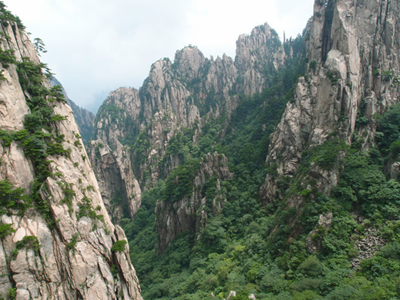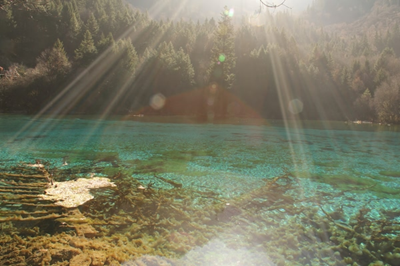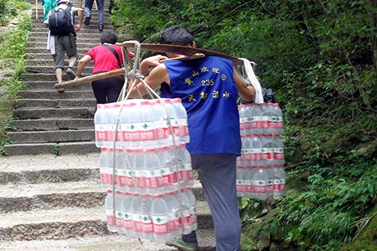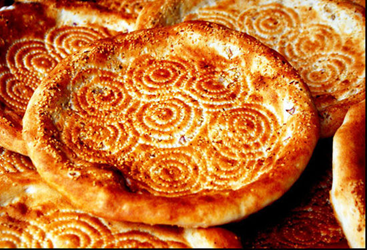Xiongyi once told me that I don’t have to visit any other mountains after going Huangshan (黄山) and that I don’t have to visit any other lakes after going Jiuzhaigou (九寨沟).


Huangshan tips:
Bring plenty of water and food. They are really quite expensive up on the mountain because they have to be carried up by people manually. A simple meal can cost 50 yuan and a 1.5L water costs 25 yuan.

According to a porter, they earn only 2 yuan for every kilogram they carry. If you count the number of bottles this guy is carrying, you can calculate that he’s probably carrying over 70kg of water!
Keep yourself dry. If it’s raining on the mountain, you can easily get your socks soaked in water and you’ll end up climbing for the next few hours in those soggy socks. Stores at the mountain foot sells shoe gloves at 10 yuan (don’t really know the name, but it looks exactly like a glove, except that it’s shaped after a shoe). I find that they are extremely effective in preventing my feet from getting wet by wearing them over my socks instead of shoes (that means I had 3 layers over my feet: socks, gloves, and shoes). Putting them over the shoe would have the risk of tearing while climbing.
You should also get a raincoat instead of using an umbrella to keep your hands free and also to prevent the umbrella from flying away due to the strong wind on the mountain.
Keep yourself warm. It is very cold at the top of the mountain. If you plan to sleep in a tent, your feet will feel cold even when wearing socks. Try a shoe glove (see above) over your socks, it may help. Or just book a 12-person-bunk hostel at 200 yuan.
Be physically prepared. You would be climbing up and down a lot of stairs (A thousand steps in one day according to Jun Hao’s mobile App). Don’t forget you would probably be carrying some food and water of around 5kg. Note that that’s extra 5kg per leg, or roughly equivalent to doing a squat with 10kg, around 500 times in a day. There are plenty of nice places to train up in the vicinity of Xihu such as Beigaofeng (北高峰), Jiuxishibajian(九溪十八涧), and many others. However, if you are too lazy to train up like most normal people, just get a walking stick, it helps a lot.
In order to prepare for the upcoming Huangshan trip, Jun Hao decided that he will just eat Nang (馕) for his meals on the mountain.

Zhang Hao told me that Xinjiang travellers would bring Nang along with milk with them on their journey through the vast desert in China.
If you’d like to try, you can buy this Xinjiang cousine from the school’s Halal canteen at 3 yuan per piece.
– Randolph





























